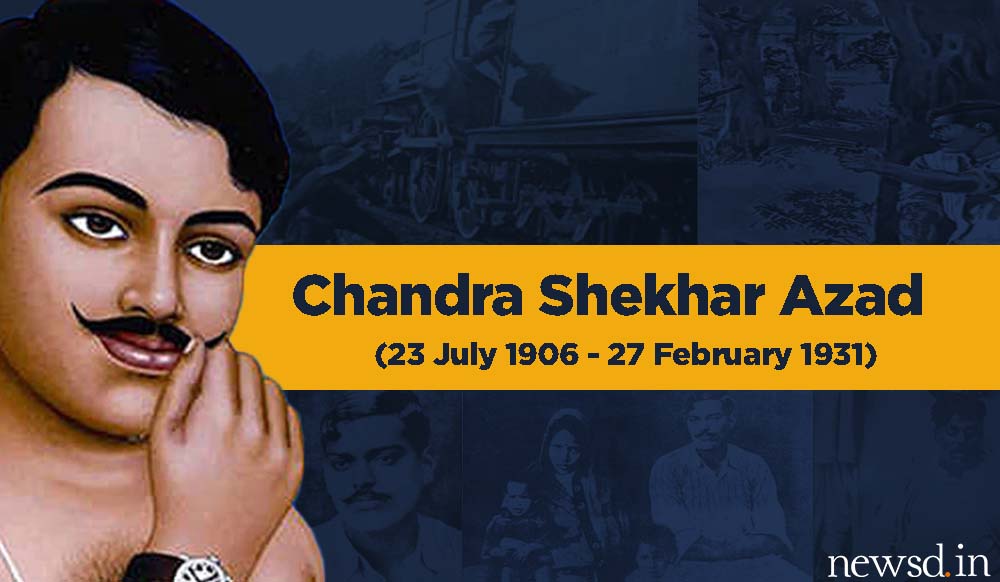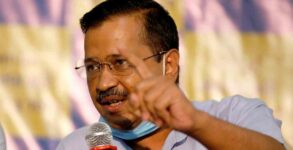In just 24 years of his life, Chandra Shekhar Azad, the young, independent and fearless revolutionary leader, has left a strong legacy of courage for the Indians to follow.
Today is the birth anniversary of freedom fighter and revolutionary Chandra Shekhar Azad, who died fighting the British in 1931. Azad had killed himself on February 27, 1931, at the age of 25, in keeping with his pledge not to be caught alive by the British.
Here are few facts about the fearless freedom fighter, who sacrificed his life for the nation
* Born on July 23, 1906, to Pandit Sitaram Tiwari and his third wife Jagrani Devi, Chnadra Shekhar spent his early childhood in the Bhabra village of Madhya Pradesh’s Jhabua district in Madhya Pradesh. His father worked at the erstwhile estate of Alirajpur while his mother managed their home.
* His mother wanted him to be a great Sanskrit scholar and persuaded his father to send him for study Kashi Vidyapeeth at Banaras.
* Shook by the Jallianwala Bagh Massacre of 1919 in which hundreds of civilians were killed by the Army, the brave heart Azad decided to participate in the Mahatama Gandhi-led Non-co-operation Movement in 1920. He was just 15 years old then, but highly passionate for the independence movement.
* He learned archery from the tribal Bhils of erstwhile Jhabua district which helped him during the arms struggle against the Britishers.
* Chandra Shekhar Azad had made a pledge that the police will never capture him alive. He once said, “Dushman ki goliyon ka hum samna karenge, Azad hee rahein hain, Azad hee rahenge.”
* He was involved in the Kakori Train Robbery of 1925 and shooting of British police officer JP Saunders at Lahore in 1928 to avenge the killing of Lala Lajpat Rai.
* On February 23, 1931, police surrounded Azad and he was hit on his right thigh making it difficult for him to escape. With one bullet in his pistol and surrounded by police, he found himself outnumbered. He shot himself keeping his pledge of never being captured alive.
* Alfred Park, where he died on February 27, 1931, was renamed as Chandrasekhar Azad Park as a mark of tribute to the freedom fighter.
Remembering Gopal Krishna Gokhale: The overshadowed hero of India’s freedom movement


















